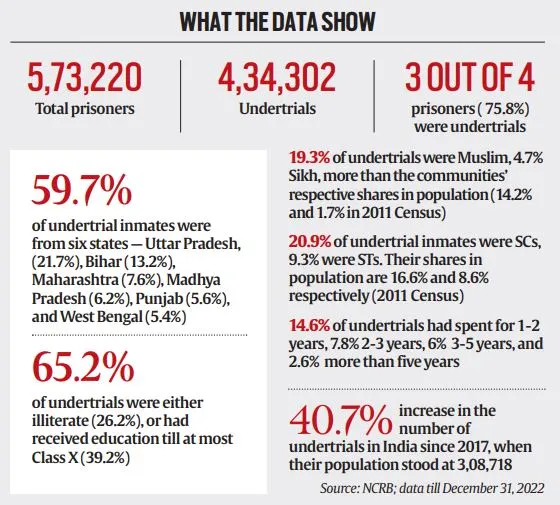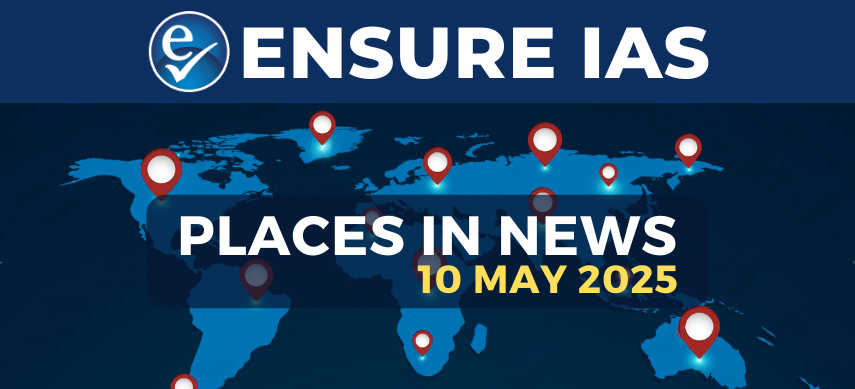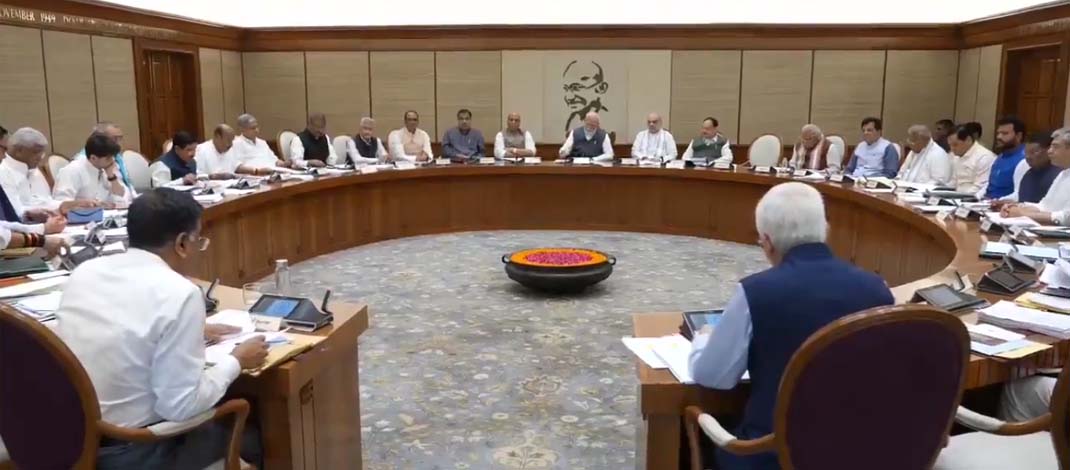- Courses
- GS Full Course 1 Year
- GS Full Course 2 Year
- GS Full Course 3 Year
- GS Full Course Till Selection
- Online Program
- GS Recorded Course
- NCERT (Recorded 500+ Hours)
- Polity Recorded Course
- Geography Recorded Course
- Economy Recorded Course
- AMAC Recorded Course
- Modern India, Post Independence & World History
- Environment Recoded Course
- Governance Recoded Course
- Science & Tech. Recoded Course
- International Relations and Internal Security Recorded Course
- Disaster Management Module Course
- Ethics Recoded Course
- Essay Recoded Course
- Current Affairs Recoded Course
- CSAT
- 5 LAYERED ARJUNA Mentorship
- Public Administration Optional
- ABOUT US
- OUR TOPPERS
- TEST SERIES
- FREE STUDY MATERIAL
- VIDEOS
- CONTACT US
New Bail Provisions for Undertrials: A Step Toward Jail Reform"
New Bail Provisions for Undertrials: A Step Toward Jail Reform"
22-11-2024
- In November 2024, Union Home Minister Amit Shah announced plans to release undertrial prisoners who have been in jail for more than one-third of the maximum sentence for the crime they are accused of.
- This move is part of a larger effort to address overcrowding in jails and ensure that those who have been waiting too long for trial are not unfairly punished.
- The goal is to make sure that, by Constitution Day (November 26), there is no prisoner who has served a third of their possible sentence without a trial.
Key details to understand:
- Home Minister Amit Shah explained that no prisoner should spend more than one-third of their sentence in jail without having their case heard.
- He emphasized that such prisoners should be released before Constitution Day.
- Bharatiya Nagarik Suraksha Sanhita, 2023 (BNSS) is a new law that includes provisions to help ease the problem of undertrials.
- It introduces rules for releasing prisoners on bail, particularly first-time offenders, and sets limits on how long an undertrial can be kept in jail before they are given a chance for bail.
Section 479 of the BNSS: Key Provisions
Section 479 of the BNSS focuses on how long an undertrial prisoner can be kept in jail without trial. It sets the following rules:
-
Relaxed Bail for First-Time Offenders:
- Under this law, first-time offenders (those who have not been convicted before) should be released on bail after they have spent one-third of the maximum possible sentence for the crime they are accused of.
- This is a more lenient rule than the previous law (Section 436A of the Criminal Procedure Code, 1973 (CrPC)), which allowed bail only after a prisoner had served half of their maximum sentence.
-
Exceptions:
- If the person is involved in multiple criminal cases, or if investigations or trials are ongoing for several charges, they will not be released on bail.
Supreme Court’s Interpretation and Orders
The Supreme Court has been involved in dealing with overcrowded prisons and the problems faced by undertrial prisoners. Key rulings include:
-
Supreme Court’s August Order (2023):
- The Court was hearing a case about inhuman conditions in 1382 prisons in India, which was filed as a public interest case after concerns about overcrowding and poor treatment of prisoners.
- On August 23, 2024, the Court decided that Section 479 of the BNSS would apply to cases even before the BNSS law came into effect on July 1, 2024.
- This means first-time offenders who were already in jail before this date can also benefit from the new bail rules.
-
State Governments’ Reports:
- The Court asked all states and Union Territories to submit reports detailing how many undertrials could be released under Section 479, how many applications for bail had been made, and how many prisoners had been released so far.
- Jail superintendents were also told to identify undertrials eligible for release under the new rules, especially focusing on women prisoners.
-
Challenges with Implementation:
- On October 22, 2024, the Supreme Court noted that only 19 out of 36 states and Union Territories had submitted the required reports about the implementation of the new bail rules.
- On November 19, 2024, the Court ordered that all states and jails must identify undertrial prisoners who should be eligible for bail under Section 479, with a special focus on women.

The State of Undertrial Prisoners in India:
The National Crime Records Bureau (NCRB) report titled Prison Statistics India 2022 (published in December 2023) shows a concerning picture of the state of undertrials in Indian prisons:
-
High Number of Undertrials:
- Of the 573,220 people in Indian prisons, 434,302 (around 75.8%) are undertrials, meaning their cases are still being decided.
- This shows that a large number of prisoners are waiting for their trial.
- Out of 23,772 women prisoners, 18,146 (about 76.33%) are undertrials.
-
Long Duration of Detention:
- The report also shows that about 8.6% of undertrials have been in jail for more than three years without their case being resolved, highlighting the issue of long delays in trials.
-
Missing Data on First-Time Offenders:
- The NCRB report does not specifically mention how many undertrials are first-time offenders, which is important for understanding the impact of Section 479 of the BNSS.
Conclusion:
The introduction of Section 479 of the BNSS and the Supreme Court’s orders are steps toward solving the problem of overcrowding in prisons and ensuring justice for undertrial prisoners. However, the real success of these reforms will depend on how well they are put into practice.
Must Check: Best IAS Coaching In Delhi
UPSC Prelims Result 2024 Out: Expected Cut Off & Other Details, UPSC Prelims 2024 Answer with Explanation, Daily Prelims Quiz, Daily Current Affairs, MONTHLY CURRENT AFFAIRS TOTAL (CAT) MAGAZINE, Best IAS Coaching Institute in Karol Bagh, Best IAS Coaching Institute in Delhi, Daily Mains Question Answer Practice, ENSURE IAS UPSC Toppers, UPSC Toppers Marksheet, Previous Year Interview Questions, UPSC Syllabus



